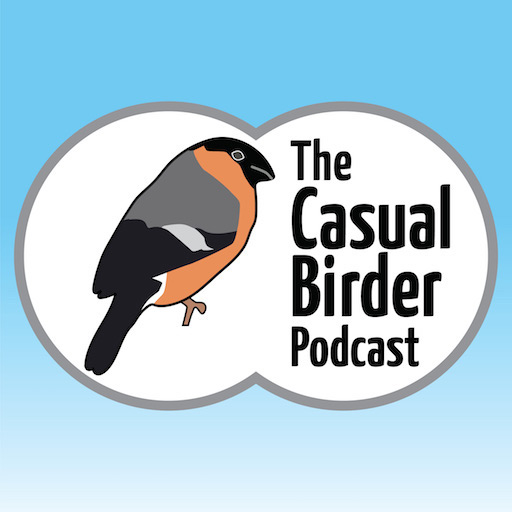Bullfinch eating Rowan berries on a winter’s morning
Yesterday provided a real casual birding treat: a gorgeous male Bullfinch stopped by for breakfast on this frosty winter morning, eating berries from the Rowan tree just outside my front door.
I often notice the sounds of bird calls outside while I am doing chores, which distracts me while I look out of the window to see them. This is a good thing: my day is enriched by the birds I then see.
There had been a hard frost overnight, and JB went outside in the early morning to take a photograph of the effects on the plants outside. As he came back in I heard the soft call of a Bullfinch. JB told me that it was in the Rowan.
I rushed to get my camera in the hopes of getting a quick photo before it flew off. Luckily, it was intent on refuelling after the cold night and was busy eating the ripe rowan berries. I took many, many photographs and some video. Unfortunately the low light levels and my eagerness to use high magnification led to the photos being grainy and not very sharp, which was very disappointing when reviewing the photos afterwards. However, I was able to get some lovely video segments.
Bullfinches are resident in the UK and Ireland and can be found across Europe and Asia, although not in the extreme north. About the size of a House Sparrow, with a stocky, hunched appearance, Bullfinches appear to have no neck; the head merges into the plump body.
While both the male and females have striking plumage, the male has the most colourful: a black crown and face, grey-blue back and peachy-red breast. The female is similar, but with grey brown back and brown breast. Juveniles have similar plumage to the females, minus the black cap. Its white rump is a key identifier and is generally seen as the bird is flying away.
With its distinctive stubby, triangular beak, they are well-known for eating fruit flower buds in the Spring, Bullfinches also eat seeds, nuts, berries and grubs. They will visit bird feeders and seem particularly fond of sunflower hearts in my garden. Although quite a colourful garden bird, it spends a lot of time in shrubs and bushes and is therefore often missed.
I am fortunate that Bullfinches are regular visitors to my garden, but it is only in the past 8 years or so that I have become aware of them. This is mainly due to learning their call, a soft piping note that can be easily overlooked. Now that I am familiar with it I can hear it from within my house and know there are Bullfinches in the garden.
So take note of those soft sounds you might hear in your garden or the park, and have a look around. There may be a Bullfinch near you!


